Wildfire Management and Droughts – Focus on California, Texas, and Other High-Risk States
In recent years, the frequency and severity of wildfires in the United States have dramatically increased, fueled in large part by prolonged droughts, rising temperatures, and a changing climate. States like California and Texas, along with others in the West and Southwest, have found themselves on the frontlines of these devastating natural disasters. As the risk intensifies, wildfire management has become a crucial element in disaster preparedness and climate adaptation strategies.
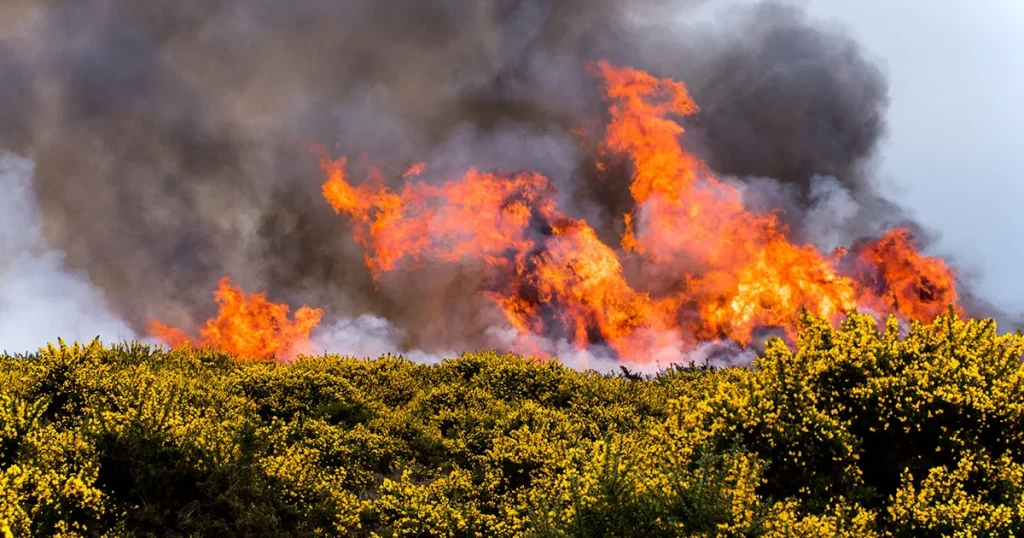
The Growing Threat of Wildfires
Wildfires are natural phenomena, but their growing intensity and frequency are anything but normal. A combination of factors including prolonged drought, excessive heat, invasive vegetation, and expanding urban development into wildland areas has transformed seasonal fires into catastrophic events. According to the National Interagency Fire Center (NIFC), the U.S. has averaged over 70,000 wildfires annually, burning nearly 7 million acres of land per year over the past decade.
Climate change plays a pivotal role. Warmer temperatures dry out vegetation and soil, extending the wildfire season and increasing the likelihood of ignition. Drought conditions, in particular, contribute to the flammability of landscapes, reducing the moisture content of trees and grasses, and setting the stage for fast-moving and destructive blazes.
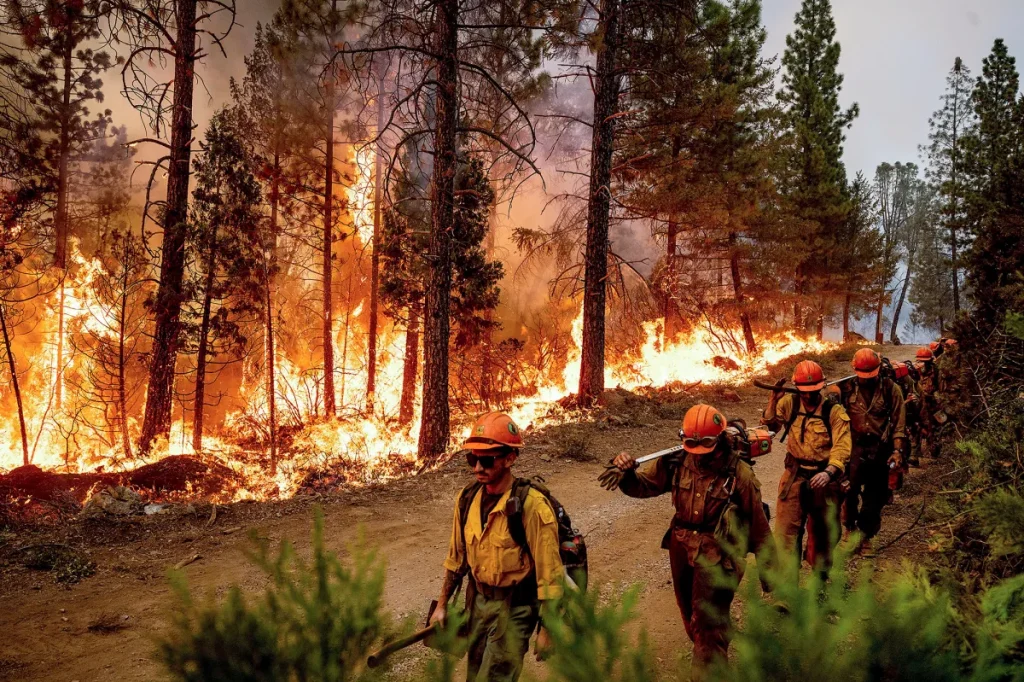
California: Ground Zero for Wildfire Risk
California has become almost synonymous with wildfires, enduring some of the most destructive and deadliest fires in recent U.S. history. From the 2018 Camp Fire, which virtually destroyed the town of Paradise and claimed 85 lives, to the 2020 August Complex Fire—the largest in California history—this state represents both the challenges and evolving strategies of wildfire management.
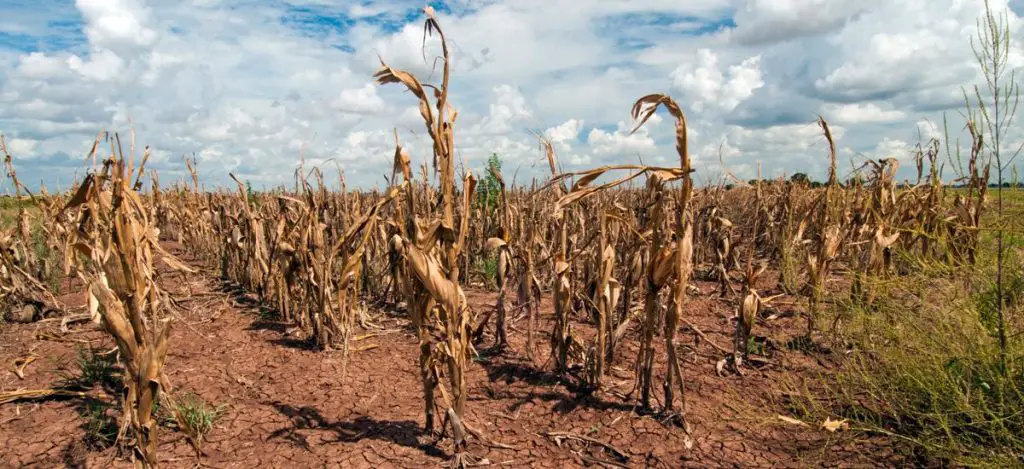
Drought Conditions
California frequently faces prolonged periods of drought, exacerbated by La Niña weather patterns and reduced snowpack in the Sierra Nevada. The state’s Mediterranean climate, which features hot, dry summers and wet winters, is becoming more erratic due to climate change, further stressing water resources.
As of 2025, significant portions of California continue to face “severe” to “exceptional” drought categories, according to the U.S. Drought Monitor. These conditions not only reduce available water supplies but also turn forests and grasslands into tinderboxes.
Management Strategies
California has invested heavily in fire management strategies. These include:
-
Prescribed Burns: Controlled fires help reduce fuel loads in forests.
-
Forest Thinning: Removal of underbrush and small trees that can act as ladder fuels.
-
Advanced Technology: Satellite imagery, drones, and AI are used to detect fires early and model potential spread.
-
Community Education: Programs like Firewise USA help communities understand risk and prepare defensible spaces around homes.
Despite these efforts, California’s complex geography, urban sprawl, and political challenges complicate implementation. Many regions are still heavily forested, and decades of fire suppression have left excessive fuel in wildlands.
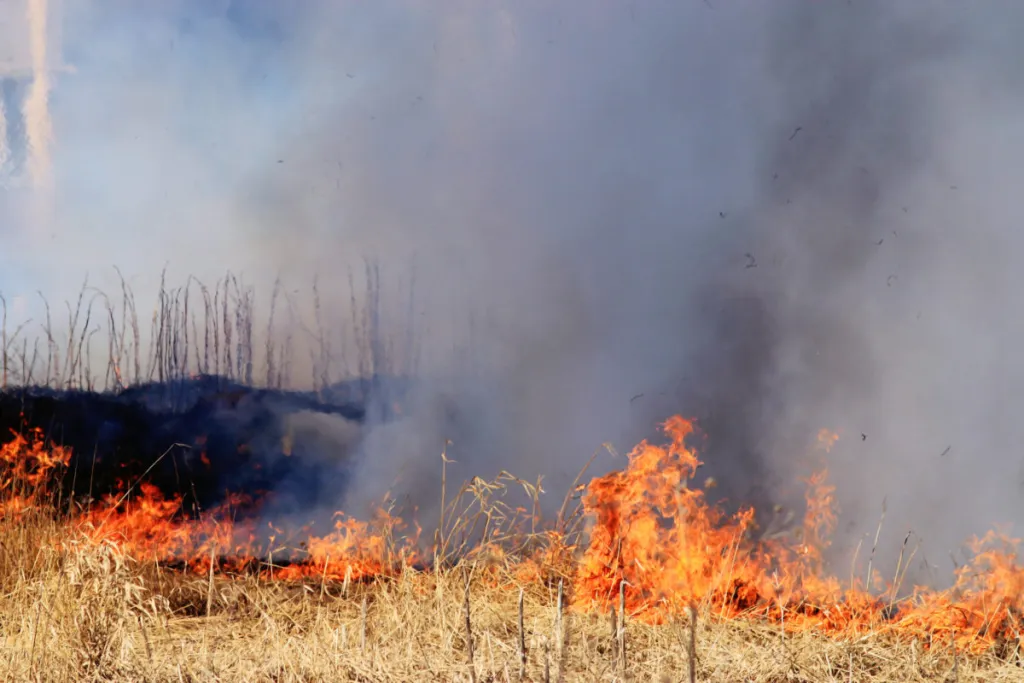
Texas: A Different Fire Landscape
While California’s fire risk is often associated with mountainous forests, Texas contends with a different, but equally dangerous, wildfire scenario. The Lone Star State has vast rural grasslands and mixed forests, which can ignite rapidly under dry and windy conditions.
Drought and Extreme Weather
Texas experiences cyclical droughts, and climate change is amplifying their intensity and duration. High winds and low humidity during drought periods create prime conditions for wildfires. The February 2022 Eastland Complex fires, which burned over 50,000 acres and forced thousands to evacuate, highlighted how quickly fires can erupt and spread in the state’s dry landscape.
Urban-Rural Interface
Texas has a growing wildland-urban interface (WUI)—zones where homes and businesses border undeveloped wildland. This increases the complexity of wildfire management, as fires now threaten not only ecosystems but also human life and infrastructure.
Management Tactics
The Texas A&M Forest Service leads the state’s fire response, focusing on prevention, early detection, and suppression. Initiatives include:
-
Fuel Breaks: Strategic clearing of vegetation to slow fire spread.
-
Volunteer Firefighter Training: Critical in rural areas where resources are scarce.
-
Fire-Adapted Communities: Encouraging local governments and residents to plan for fire resilience.
Texas also collaborates with federal agencies and neighboring states to share firefighting resources and expertise.
Other High-Risk States
Beyond California and Texas, several other states face elevated wildfire risks due to drought and climate shifts. These include Arizona, Colorado, New Mexico, Oregon, and Washington.
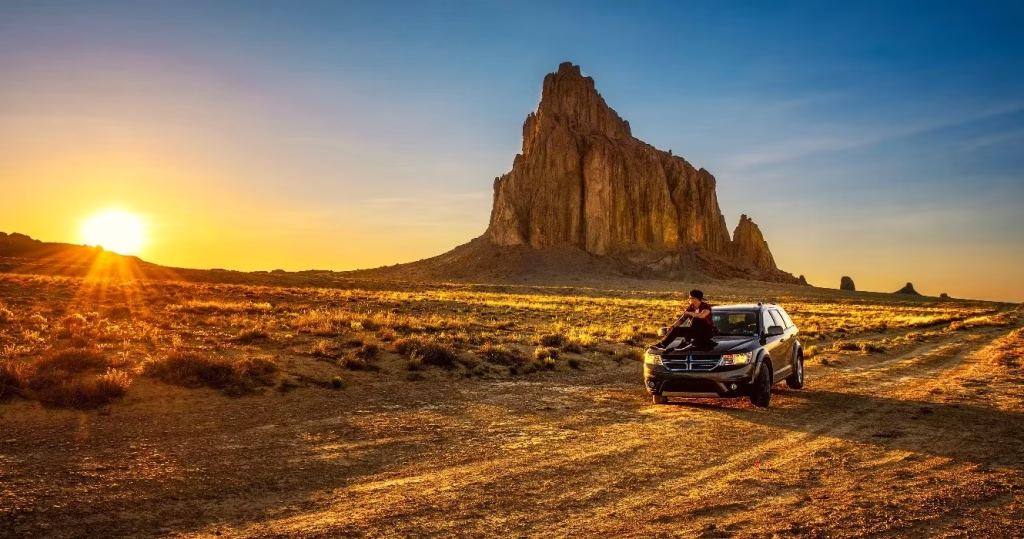
Arizona and New Mexico
Both states experience hot, dry summers and often suffer from extreme droughts. Forests in the Southwest, such as the Coconino and Gila National Forests, are particularly vulnerable to lightning-induced fires. Arizona’s 2021 Telegraph Fire and New Mexico’s 2022 Hermits Peak Fire underscored the destructiveness of fires in the region.
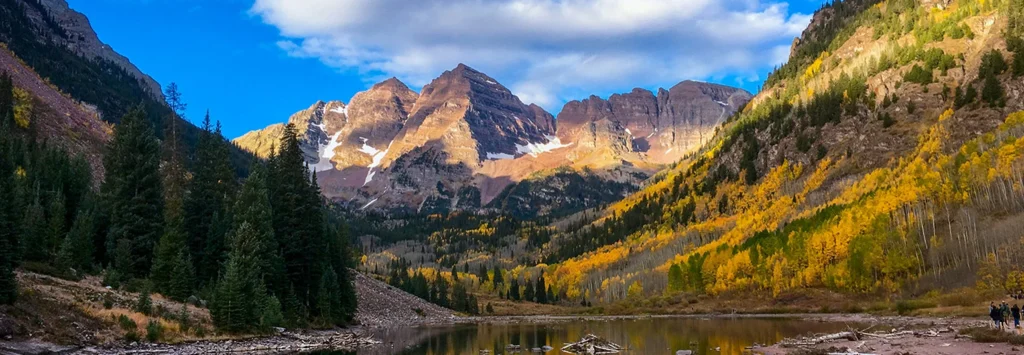
Colorado
Once known for its snowy winters, Colorado has seen declining snowpacks and increasing temperatures. This has led to longer fire seasons and devastating blazes like the 2020 Cameron Peak Fire—the largest in Colorado’s history. Mountain pine beetle infestations, which have killed millions of trees, also contribute to higher fuel loads.
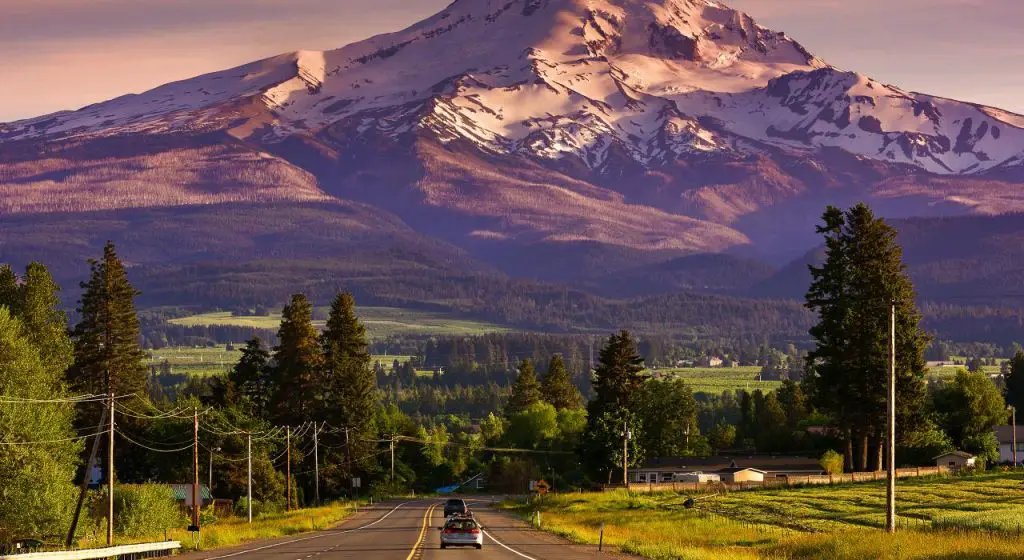
Pacific Northwest: Oregon and Washington
Traditionally wet and temperate, the Pacific Northwest is not immune to fire. Increasing summer droughts and higher temperatures have led to larger, more destructive wildfires in recent years. Oregon’s 2020 Labor Day Fires were among the most destructive in state history, burning over 1 million acres.

The Role of Federal and State Agencies
Wildfire management is a collaborative effort between federal, state, and local agencies. The U.S. Forest Service, Bureau of Land Management (BLM), and National Park Service play critical roles in managing public lands and deploying firefighting resources. State agencies manage prevention, education, and rapid response.
Congress has passed legislation like the Infrastructure Investment and Jobs Act and Inflation Reduction Act, allocating billions for forest management, fire-resistant infrastructure, and community resilience. However, bureaucratic hurdles, fragmented jurisdiction, and funding shortfalls continue to challenge effective implementation.
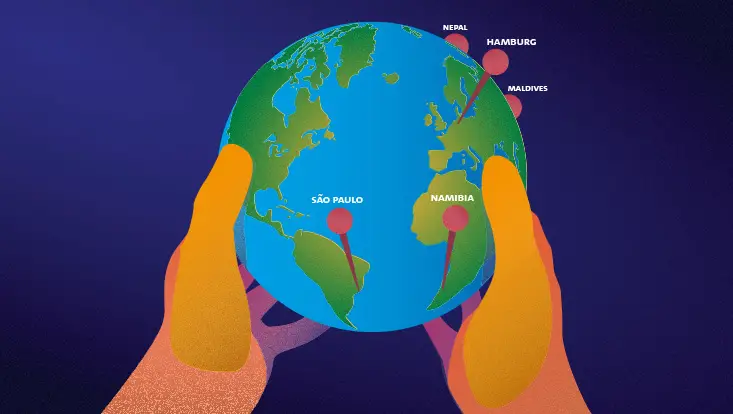
Climate Adaptation and Future Outlook
Looking forward, wildfire management must be integrated into broader climate adaptation strategies. Key priorities include:
-
Resilient Infrastructure: Building materials and designs that withstand fire.
-
Water Management: Better allocation of scarce water resources, including for fire suppression.
-
Public Education: Increasing awareness about fire risks and preparedness.
-
Research and Innovation: Supporting scientific research into fire behavior, early detection, and eco-restoration.
The inclusion of Indigenous knowledge and traditional ecological practices also offers a promising path. Many Native American tribes historically used controlled burns to manage landscapes in sustainable ways. Reviving these practices, in partnership with tribal communities, can enhance current fire management strategies.
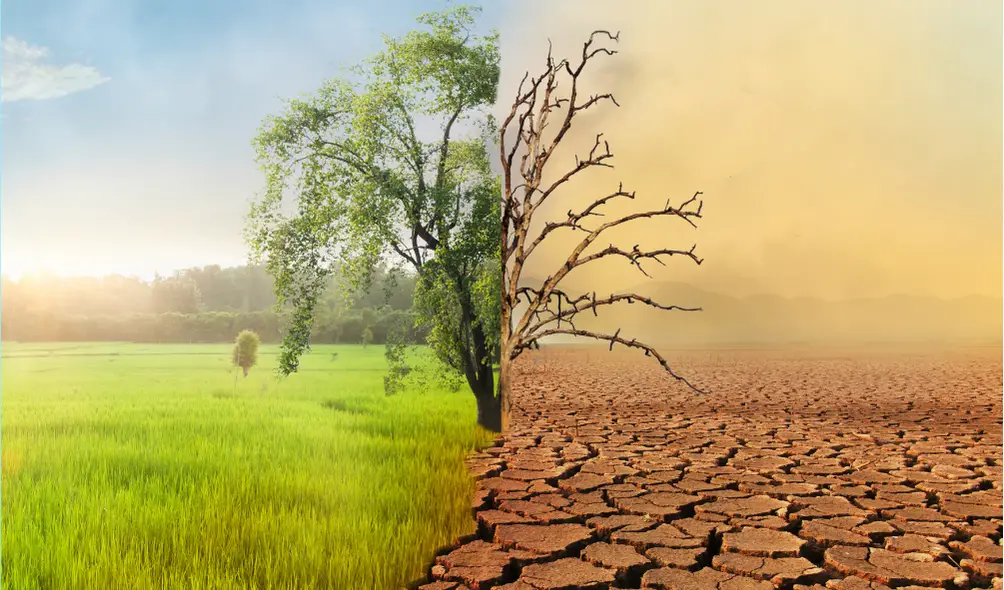
Conclusion
Wildfires and droughts are no longer seasonal nuisances; they are year-round threats intensified by a changing climate and growing human development in fire-prone areas. States like California and Texas exemplify both the scale of the challenge and the innovative responses being developed. But the road ahead demands greater coordination, investment, and public engagement.
By embracing science, honoring traditional knowledge, and fostering community resilience, the U.S. can chart a course toward a more fire-adapted and sustainable future. As droughts become more frequent and severe, proactive wildfire management will be not just a necessity, but a cornerstone of national resilience.


